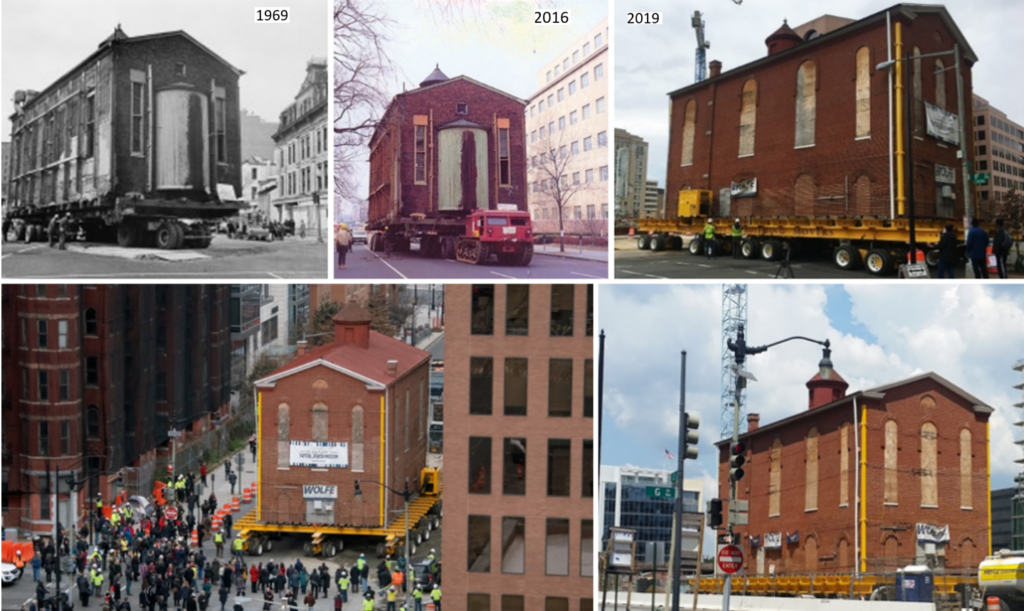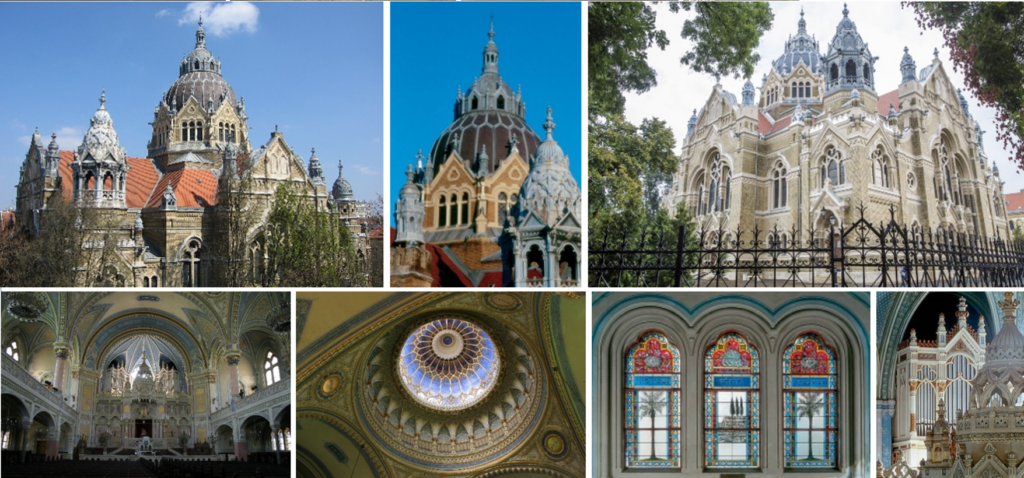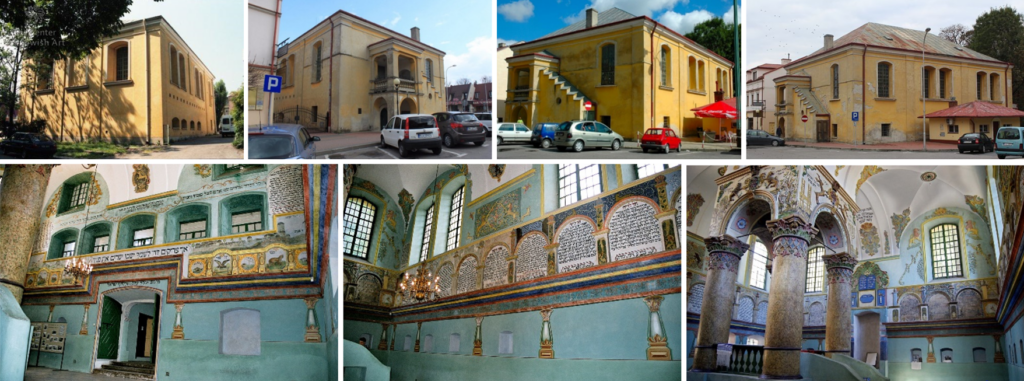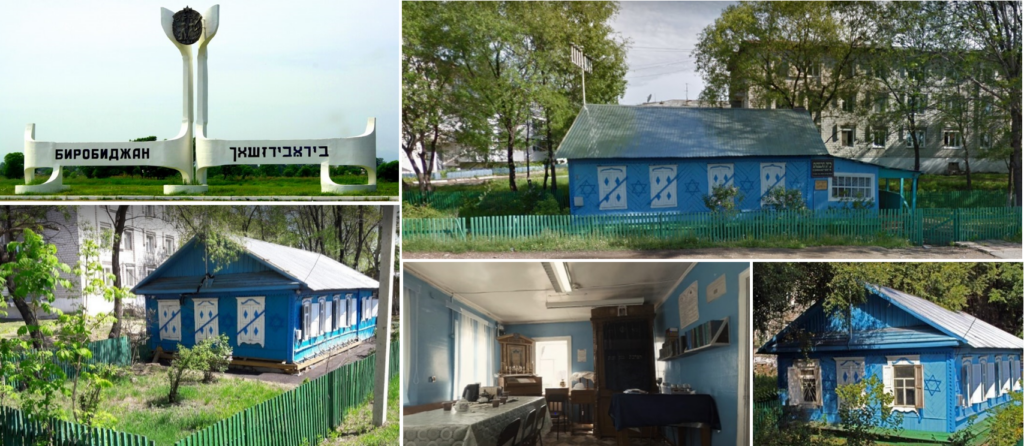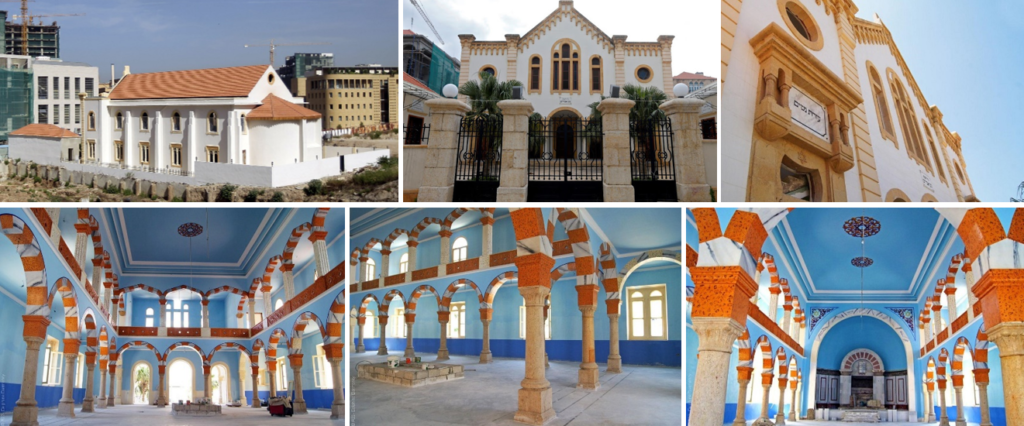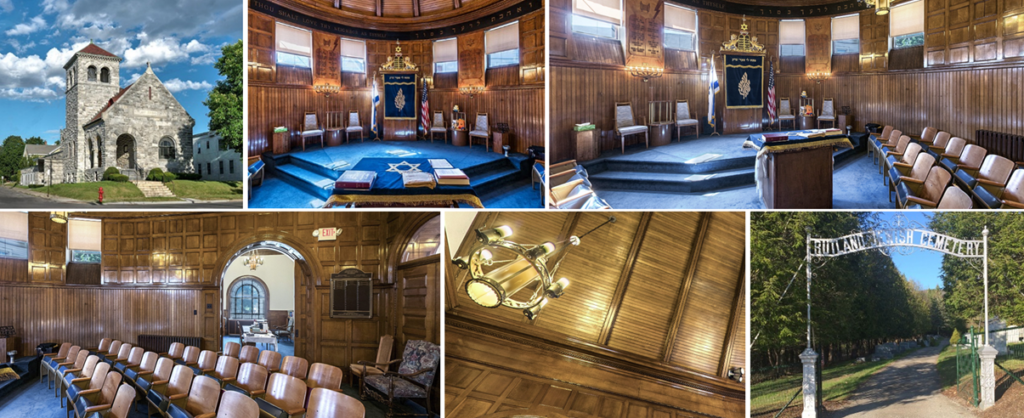
Parashat Vayera (וירא – And He Appeared), Genesis 18:1–22:24.
Besides, the episodes from the welcoming of Abraham, the destruction of Sodom and Gomorrah, the installation of Abraham with Abimelekh, the dismissal of Hagar and Ishmael and the binding of Yitzchak, this parsha announces many births, in particular those of Yitzchak and Rivka.
Genesis 22:23
וּבְתוּאֵל, יָלַד אֶת-רִבְקָה.
Which Bathuel begat Rivka.
In 1941, Rabbi Yosef Yitzchok Schneersohn zt”l1 established Beth Rivkah2 Elementary School in Brooklyn. Fourteen years later Later, his son-in-law Le Rabbi de Lubavitch zt”l3 opens the High Scholl division. In 1988, the new Chomesh Campus was built on an area of 11,600 m2 and includes 4 floors. It accommodates more than 2,000 female students with nearly 100 classrooms, as well as science labs, computer centers, libraries, a sports gymnasium and a rooftop playground.
Other branches were opened: in 1947 in Yerres (France), in 1950 in Casablanca (Morocco), in 1956 in Montreal (Canada), Quebec (Canada) and Melbourne (Australia) and in 1987 in Kfar Chabad ( Israel).
1 says the Rayatz (1880-1950), sixth Rebbe (spiritual leader) of the Chabad-Lubavitch Hasidic dynasty.
2 בית רבקה, Rebecca’s House, school for girls.
3 Rav Menachem Mendel Schneerson (1902- 1994) seventh and last Rebbe of the Chabad-Lubavitch Hasidic dynasty.
